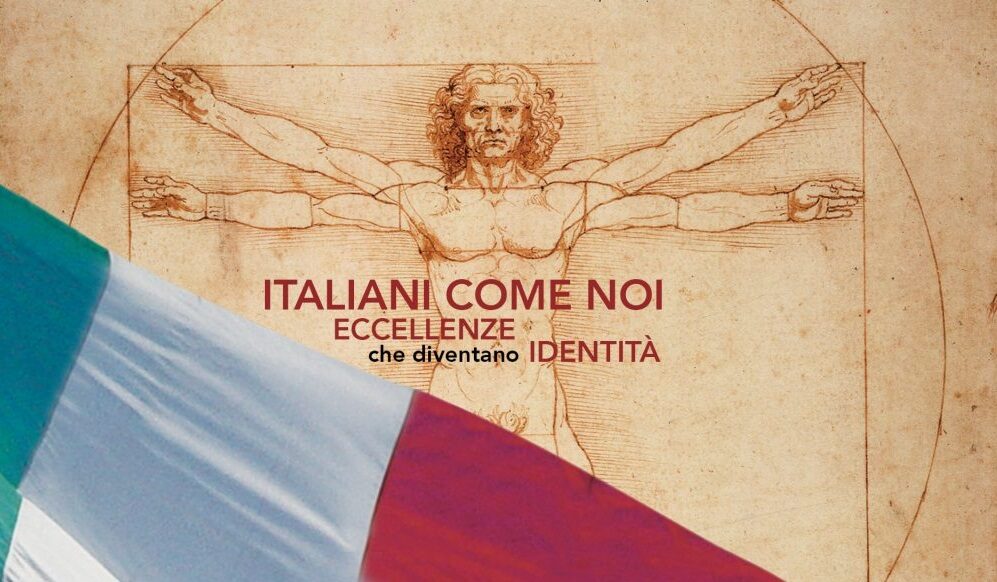La Cappella Sistina è uno dei più famosi tesori artistici della Città del Vaticano, conosciuta in tutto il mondo per essere la sala nella quale si tengono il conclave e altre cerimonie ufficiali; ma soprattutto per essere stata decorata da Michelangelo Buonarroti. A lui, infatti, dobbiamo, tra il 1508 e il 1512, la decorazione della volta, in un articolato gioco di architetture e corpi che mettono in scena alcuni degli episodi salienti del Vecchio Testamento (il più famoso è forse La creazione di Adamo, con le due dita che si toccano). Lo stesso Michelangelo, tra il 1536 e il 1541, realizzò sulla parete di fondo della cappella Il Giudizio Universale, un’opera colossale e sconvolgente che suscitò feroci critiche per i troppi nudi presenti e per il gran numero di figure. Ma che tutt’oggi rappresenta uno dei massimi capolavori dell’arte mondiale.
MICHELANGELO’S SISTINE CHAPEL
The Sistine Chapel is one of the Vatican’s most famous artistic treasures, known worldwide as the hall in which conclaves and other official ceremonies are held, but above all known for the fresco by Michelangelo Buonarroti. It was, in fact, between 1508 and 1512 that he decorated the vaulted ceiling: a well-articulated balance of architecture and figures which depicts some of the most salient episodes of the Old Testament (the most famous of which being The Creation of Adam, with the two touching finger tips). Later, between 1536 and 1541, Michelangelo completed The Last Judgment on the far wall of the chapel, a colossal and disturbing piece that attracted fierce criticism for the number of figures and the amount of nudity present, but which today is still considered one of the greatest artistic masterpieces in the world.

